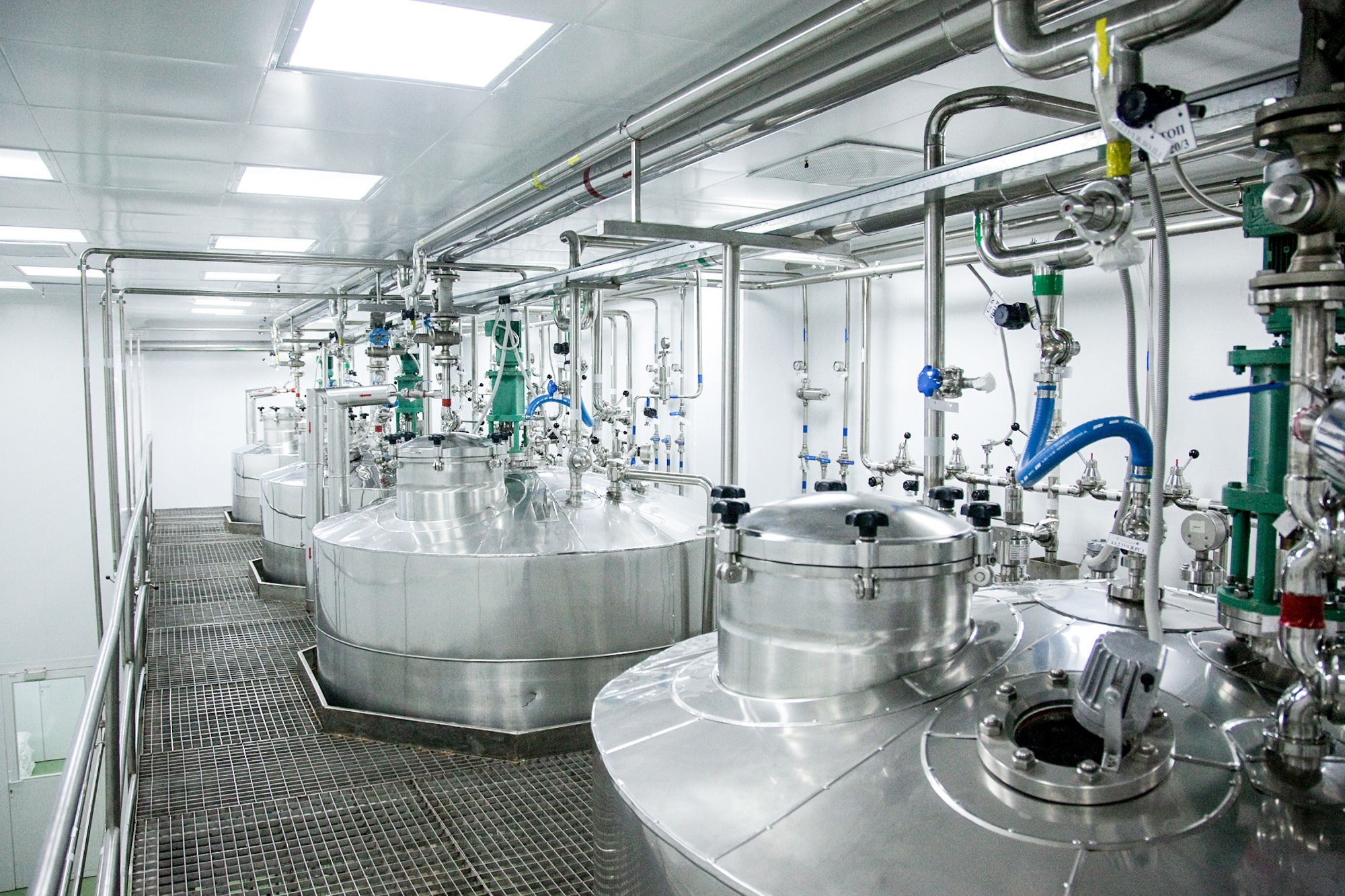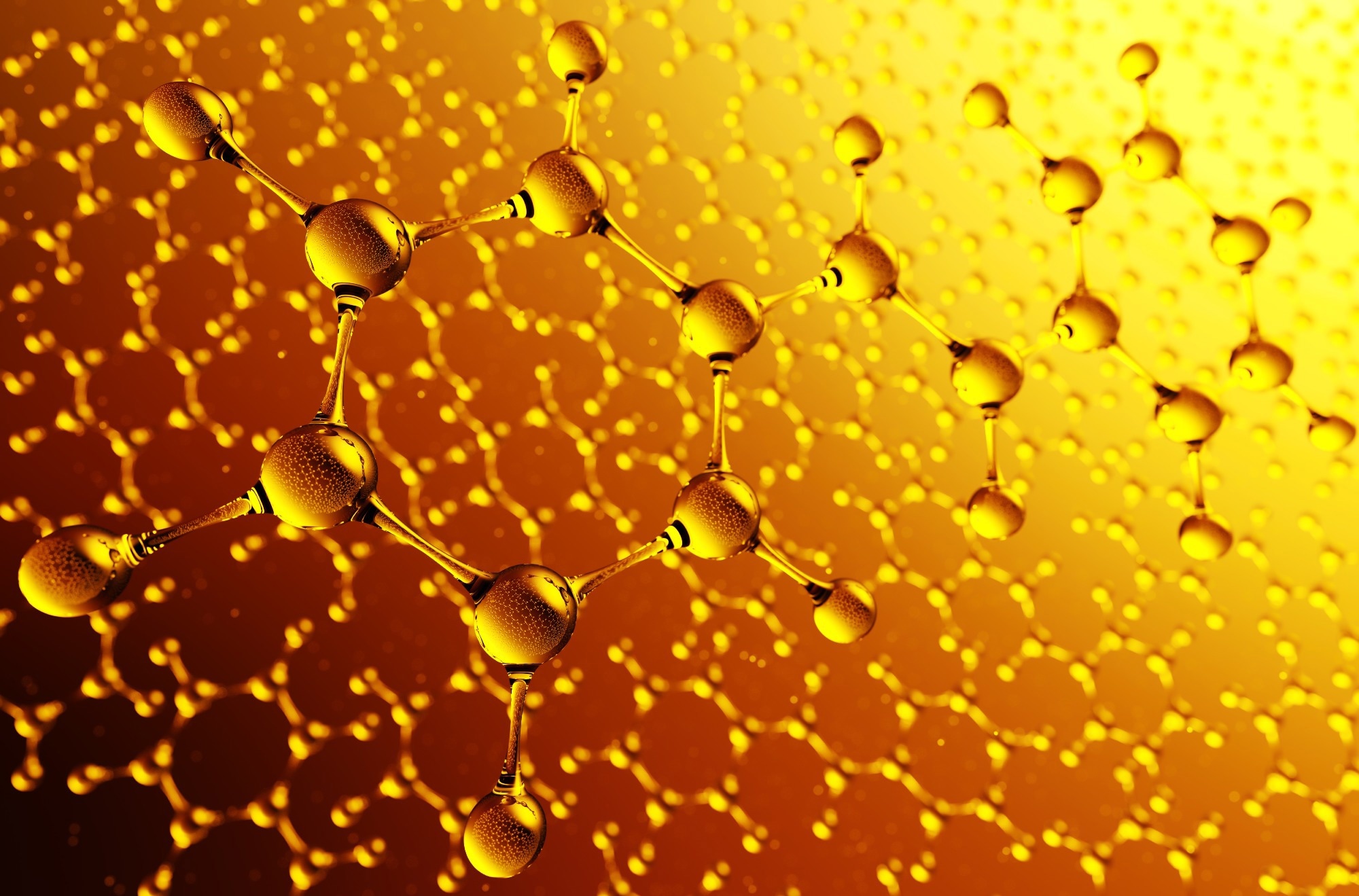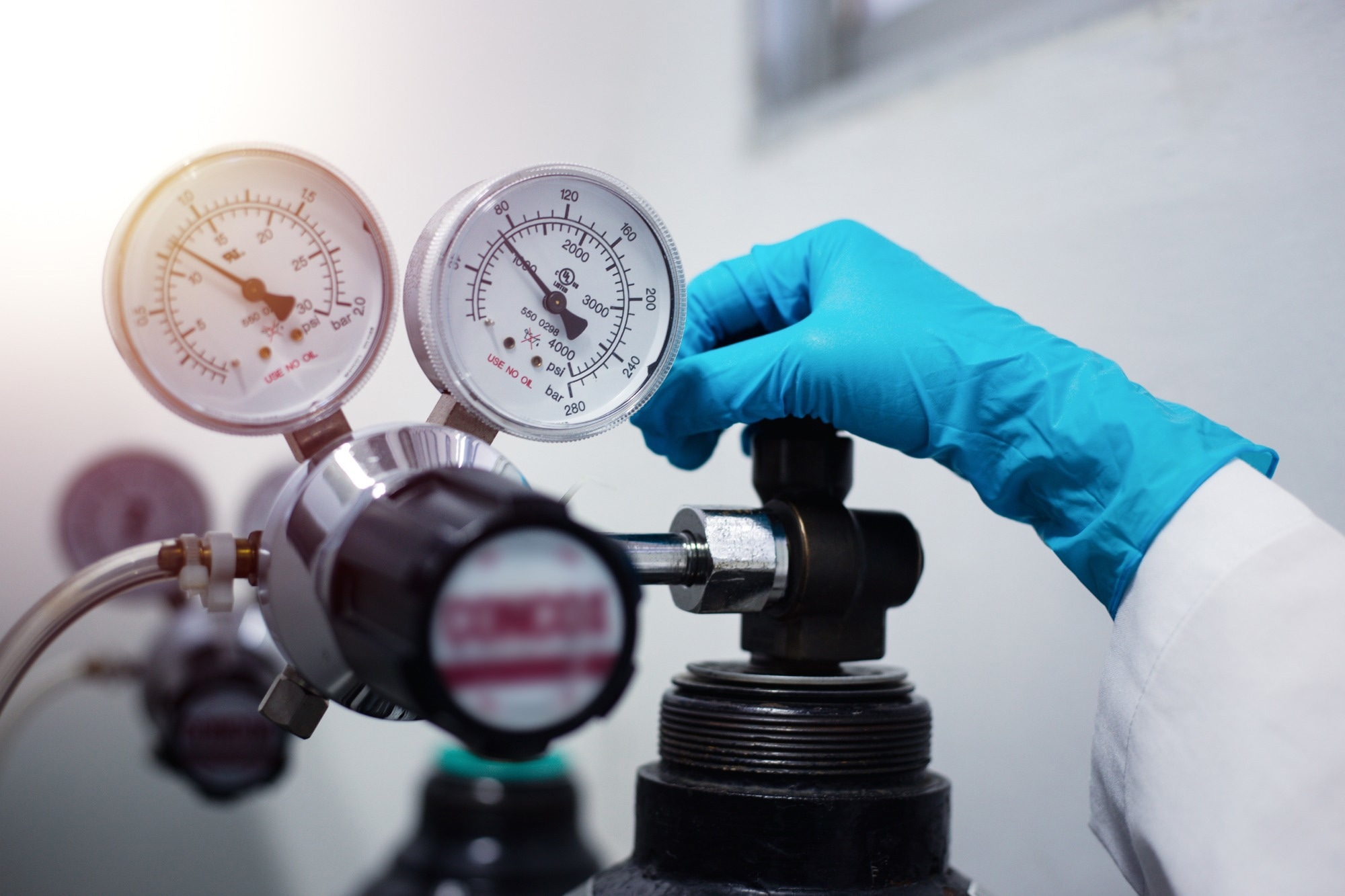In this interview, AZoM spoke with Martin Spartz, Sr. Director of Gas Analysis R&D at Thermo Fisher Scientific, about their new industrial gas analyzer which uses optically enhanced FTIR technology (OE-FTIR) to provide real-time industrial gas analysis. With sensitivity down to the low parts-per-billion (ppb), OE-FTIR provides a fast, efficient alternative to traditional industrial gas analysis techniques.
How do the ultra-low detection limits of the Thermo Scientific™ MAX-iR™ FTIR Gas Analyzer make it a game changer?
The MAX-iR gas analyzer is a fully optimized FTIR gas analyzer with multipurpose functionality. It's able to measure most inorganic and organic hazardous air pollutants (HAPs) in real-time at low ppb levels. Coupled with additional technology and industry leading software, the MAX-iR analyzer can provide real-time results for multiple HAPs at single digit ppb levels within 15-30 seconds. That's what changes the game for industrial gas analysis.
From the beginning, we wanted to design a field-worthy real-time analyzer, so the instrument couldn't require liquid nitrogen or a nitrogen purge to operate. Minimal maintenance was also built into the MAX-iR analyzer design by incorporating optical components that can last the life of the instrument, even in extreme environments. To achieve even lower levels of detection, we developed a novel thermal oxidizer module (Thermo Scientific™ MAX-OXT) that can be coupled with the MAX-iR analyzer to assist in reducing spectral interferences.

Image Credit:Shutterstock/Vasily Deyneka
How does the thermal oxidizer module lower HAP detection limits?
Many HAPs are reactive compounds that are additionally overlapped in the infrared spectral region by water, carbon dioxide and methane. When these overlaps are significant in intensity or spread across large portions of the analyte spectrum, the achievable detection limits can rise significantly. This loss in analyte sensitivity is caused by a mismatch in the collected sample spectrum to the stored “interference” reference spectra (H2O, CO2, CH4) utilized in the regression analysis.
However, HAPs that can be oxidized by the MAX-OXT module and removed temporarily from the sample can exhibit excellent improvements in detection limits. The reduction in detection limits is achieved by collecting infrared spectra with and without the HAPs present by passing the sample occasionally through a heated dual-chamber oxidation catalyst. The spectra collected without the HAPs present are excellent reference or “interference” spectra that can be utilized in the regression analysis to better predict the analyte or HAP of interest.
This better, more precise prediction methodology is due to sample and “interference” spectra being collected on the same instrument at nearly identical concentrations. 100-fold reductions in interference noise and detection limits have been observed for ethylene oxide and aromatic compounds like benzene, toluene and xylenes. Additionally, this technology is ideal for most oxygenated compounds like aldehydes, ketones, alcohols and esters.
Can the MAX-iR analyzer and MAX-OXT module achieve detection limits below low ppb?
Yes, down to parts-per-trillion (ppt) for certain gases with additional technology. We have coupled the MAX-iR analyzer and MAX-OXT module to a pressurized moisture knockout system to achieve further reductions in HAP detection limits. In this configuration, the ambient air sample is pressurized to ~10 atmospheres by use of a piston pump with flow rates of 5-7 liters per minute.
The high pressure gas is briefly contained within a small steel impinger operated at room temperature. Any moisture above the due point condenses and is dispelled through a small valve in the bottom of the impinger, while most analytes pass through unchanged because they are only at ppb to ppt levels.
If the ambient air sample is near saturation at 2 to 3%, the moisture reduction at 10 atm is nearly 10 fold. Additionally, if the sample pressure is then reduced from 10 to 5 atm, as it leaves the impinger through a flow control device, there is a further reduction in moisture by a factor of 2.

Image Credit:Shutterstock/SimoneN
What are some advantages of the novel moisture reduction concept?
This novel moisture reduction concept provides many improvements over the traditional use of chillers.
- The novel system is far less complex, with no need for a peristaltic pump or Peltier chiller system
- Because the sample is not being cooled, there is less likehood of losing HAPs during the moisture reduction
- Significanly lower levels of moisture can be obtained than with a chiller operated at 4C
- If the sample is eventually analyzed at 5 atm, there is a five-fold potential reduction in method detection limits (MDLs) due to 5 times more HAP present in the analyzer
- The moisture level exiting the reduction system is exceeding constant, which is important when collecting the interference spectra
- All systems - no matter geographical location - would have similar water levels reaching the eventual gas analyzer
Once the sample gas is compressed, it is directed to the MAX-OXT module and then on to the MAX-iR analyzer for measurement, either as a sample or interference spectrum. This entire configuration can operate at any pressure from 1-10 atm by use of a back pressure regulator after the analyzer.
Are there other technologies that allow the MAX-iR analyzer to measure even lower levels of HAPs?
A powerful new technology called Thermo Scientific™ StarBoost™ Optical Enhancement significantly improves the signal-to-noise ratio (SNR) of the MAX-iR analyzer. StarBoost technology can improve the SNR by a factor of 10-100 times and allow for HAPs measurements in the sub-ppb range. This technology couples the state-of-the-art MAX-iR analyzer with optical filters to limit the spectral range reaching the detector which produces the noise and detection limit reduction.

Image Credit:Shutterstock/S.Singha
Can you summarize what the MAX-iR analyzer can really do for users?
The MAX-iR analyzer can measure most inorganic and organic HAPs in real-time at low ppb to ppt levels. The MAX-OXT thermal oxidizer module allows an interference spectrum of the atmosphere being measured to be collected so the water, CO2, and methane levels can be matched in that sample and removed from the analysis.
The Thermo Scientific™ MAX-Acquisition™ Software allows for large analyte lists. As mentioned, a hundred compounds or more is not a problem for this system to analyze. We recommend that all compounds which might be present at a specific location be added to the list.
Any analytes that are observed during measurement can be added to the interference list, so those analytes do not affect the analysis of any other compound.
Lastly, the pressurized knockout system improves the analyzer sensitivity by increasing the analyte in the gas cell and reducing the water that may interfere with the HAP analytes. Additionally, the knockout system reduces the water variability allowing the MAX-OXT / MAX-iR system to produce even better results.
About Martin Spartz
Marty has a Ph.D. in Analytical Chemistry from Kansas State University. He is now the Sr. Director of Gas Analysis R&D at Thermo Fisher Scientific. Marty’s research is focused on developing next generation FTIR gas analysis systems that can measure ultra-trace components in complex samples.

This information has been sourced, reviewed and adapted from materials provided by Thermo Fisher Scientific – Materials & Structural Analysis.
For more information on this source, please visit Thermo Fisher Scientific – Materials & Structural Analysis.
Disclaimer: The views expressed here are those of the interviewee and do not necessarily represent the views of AZoM.com Limited (T/A) AZoNetwork, the owner and operator of this website. This disclaimer forms part of the Terms and Conditions of use of this website.